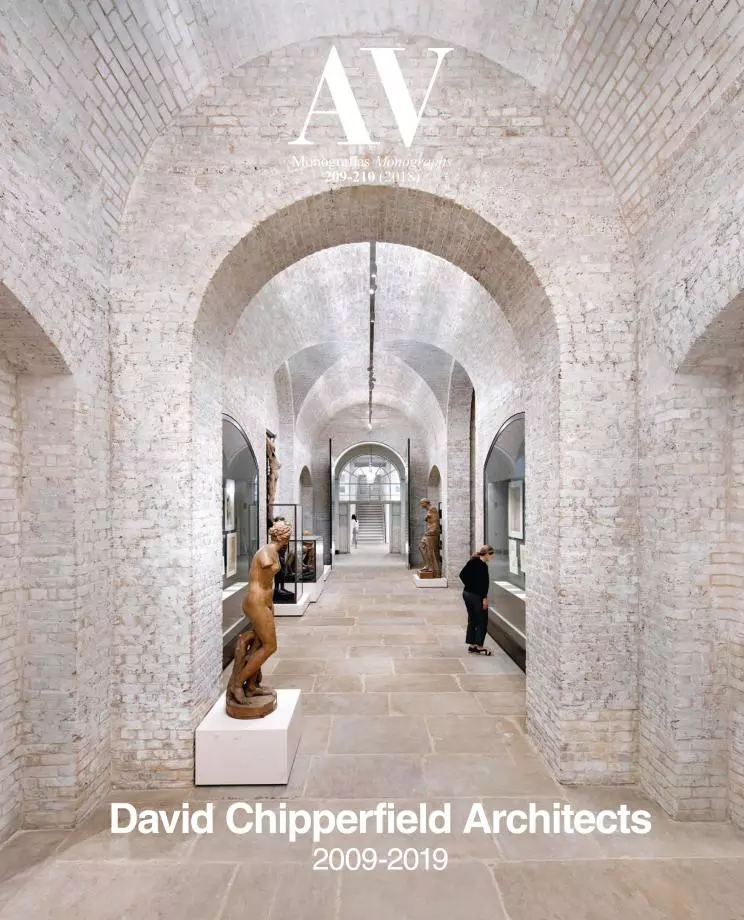From Private to Public

One Pancras Square, 2008-2013, London
One paradox about contemporary architecture is that it needs to maintain dignified and delightful transitions between public and private space through space, detail and materiality avoiding the generic non-space that has become so prevalent in the contemporary built environment – while at the same time being as permeable and egalitarian as possible. At a political level it is the connection between private sector and public sector space and environment, the latter being free ‘common ground’, the theme of the 2012 Venice Biennale curated by David Chipperfield. Strafed by security cameras, saturated with digital connectivity and rendered faceless by global culture it is no longer what it once was. This is the shifting and difficult world that David Chipperfield Architects face head on with their work.
Marketing experts and advertisers herald the rise of ‘sanctuary space’ and ‘filter focus’ enabling us to make sense of the barrage of information around us. “Do you know how to live, reader, free from the chaos of urban disorder?” asked Le Corbusier, a key influence on Chipperfield’s work. Perhaps more than anything the practice’s architecture offers a calming space of common ground and reflection, within the Trojan Horse of the practice’s highly desirable brand.
It is in the relationship between public and private concerns and needs that the solidity of real world construction and economic value bumps up against intangible, but equally real, social value. This includes finding opportunities for connection with nature and one another, promoting healthy lifestyles and positive emotions, offering flexibility and autonomy and the chance to learn new things – inherently a story of hope... [+]





